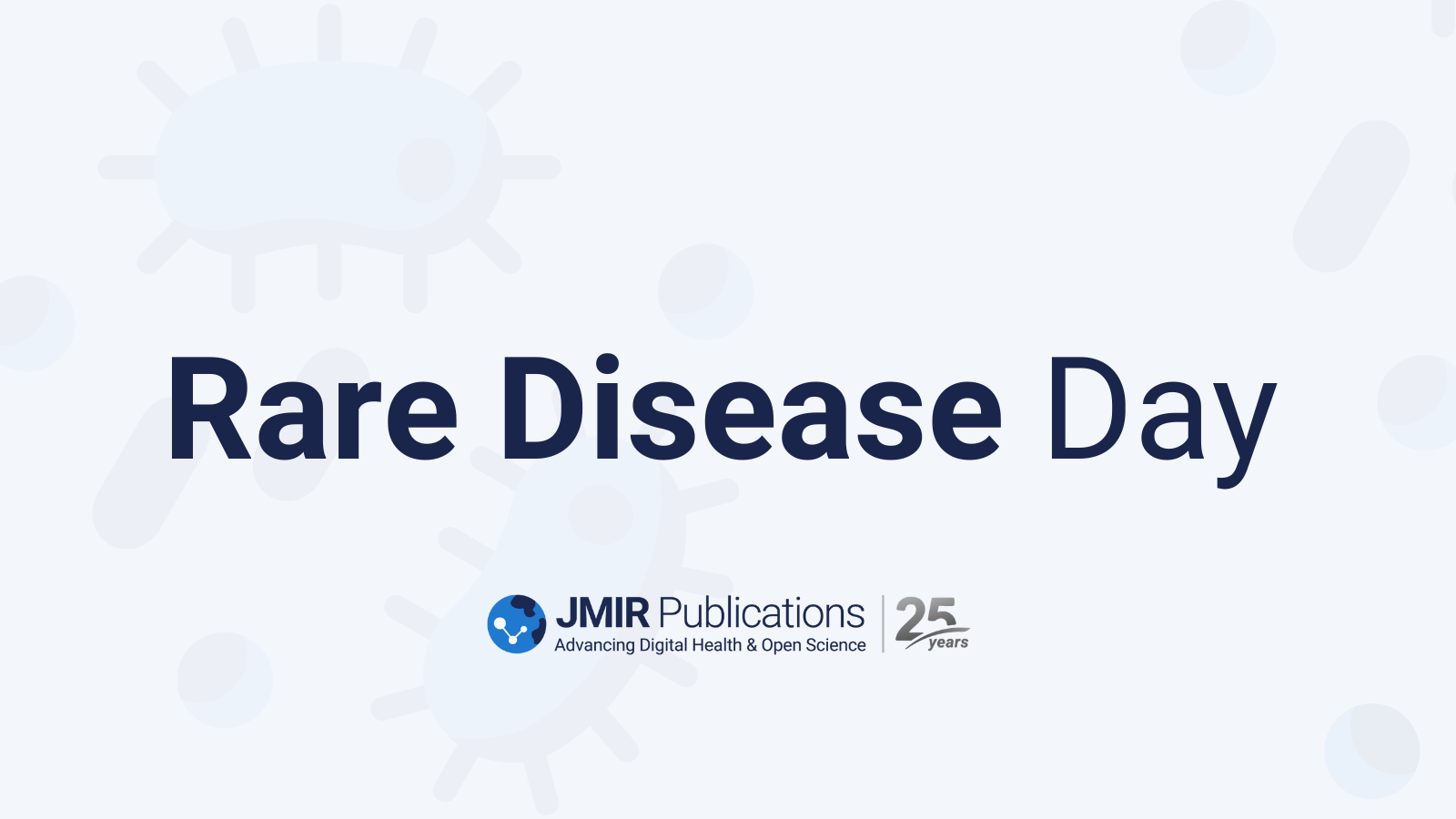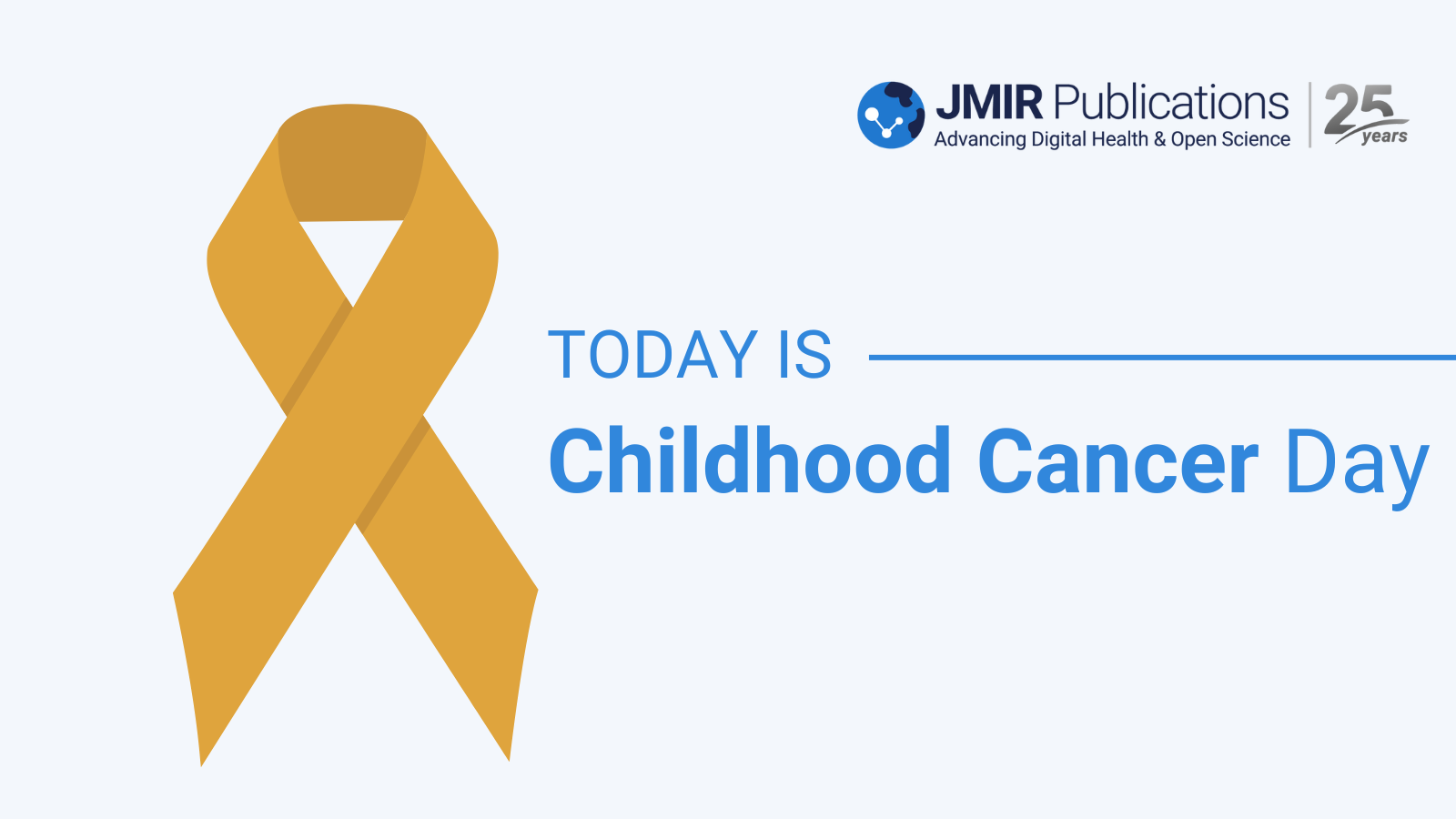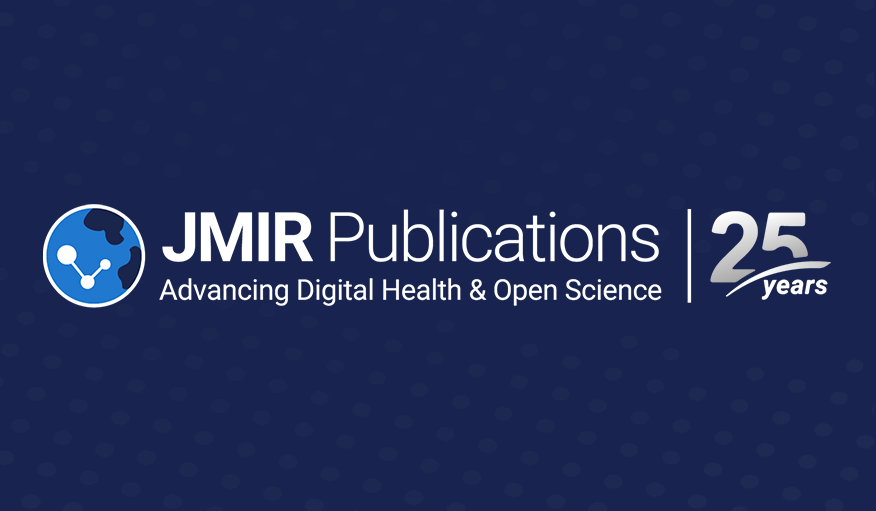February 29th Is Rare Disease Day

Rare diseases often exist in the shadows of mainstream healthcare, affecting millions worldwide with their unique challenges. At JMIR Publications, we believe in the power of knowledge to illuminate these dark corners and provide hope and support to those affected. Through our commitment to open access publishing, we strive to bring cutting-edge research and insights to the forefront, shedding light on rare diseases and paving the way for improved understanding and treatment.
The Significance of Rare Disease Research
The journey of those living with rare diseases is fraught with obstacles, from delayed diagnosis to limited treatment options and the burden of managing complex symptoms. However, with each research paper published, we take a step closer to overcoming these challenges. Our collection of papers on rare diseases serves as a beacon of knowledge, offering valuable insights into diagnosis, treatment, and management strategies.
In honor of Rare Disease Day, we're shining a spotlight on five of the noteworthy papers we've published on rare diseases.
Explore more rare disease papers >
1. Litzkendorf, S., et al. (2018). Conceptualization and implementation of the Central Information Portal on Rare Diseases: Protocol for a qualitative study. JMIR Research Protocols, 7(5), e112. https://doi.org/10.2196/resprot.7425
2. Titgemeyer, S. C., & Schaaf, C. P. (2022). Facebook support groups for pediatric rare diseases: Cross-sectional study to investigate opportunities, limitations, and privacy concerns. JMIR Pediatrics and Parenting, 5(1). https://doi.org/10.2196/31411
Because of the nature of rare diseases with affected individuals being widely geographically dispersed, finding an in-person/offline support group itself can be a challenge. Affected individuals therefore turn to social networking platforms such as Facebook for online support groups.
3. Hatem, S., et al. (2022). Mobile apps for people with rare diseases: Review and Quality Assessment Using Mobile app rating scale. Journal of Medical Internet Research, 24(7). https://doi.org/10.2196/36691
Mobile apps are becoming increasingly popular, with 5.70 million apps available in early 2021. Smartphones can provide portable and convenient access to health apps. Here, we consider apps for people with one of the estimated 7000 rare conditions, which are defined as having an incidence of <1 in 2000. The needs of people with rare conditions are known to be different from those of people with more common conditions. The former may be socially isolated (not knowing anyone else who has the condition) and may not be able to find reliable information about the disorder.
4. Bernardi, F. A., et al. (2023). The minimum data set for rare diseases: Systematic review. Journal of Medical Internet Research, 25. https://doi.org/10.2196/44641
The minimum data set (MDS) is a collection of data elements to be grouped using a standard approach to allow the use of data for clinical and research purposes. Health data are typically voluminous, complex, and sometimes too ambiguous to generate indicators that can provide knowledge and information on health. This complexity extends further to the rare disease (RD) domain. MDSs are essential for health surveillance as they help provide services and generate recommended population indicators. There is a bottleneck in international literature that reveals a global problem with data collection, recording, and structuring in RD.
5. Abaza, H., et al. (2022). Domain-specific common data elements for rare disease registration: Conceptual Approach of a European joint initiative toward Semantic Interoperability in rare disease research. JMIR Medical Informatics, 10(5). https://doi.org/10.2196/32158
With hundreds of registries across Europe, rare diseases (RDs) suffer from fragmented knowledge, expertise, and research. A joint initiative of the European Commission Joint Research Center and its European Platform on Rare Disease Registration (EU RD Platform), the European Reference Networks (ERNs), and the European Joint Programme on Rare Diseases (EJP RD) was launched in 2020. The purpose was to extend the set of common data elements (CDEs) for RD registration by defining domain-specific CDEs (DCDEs).







